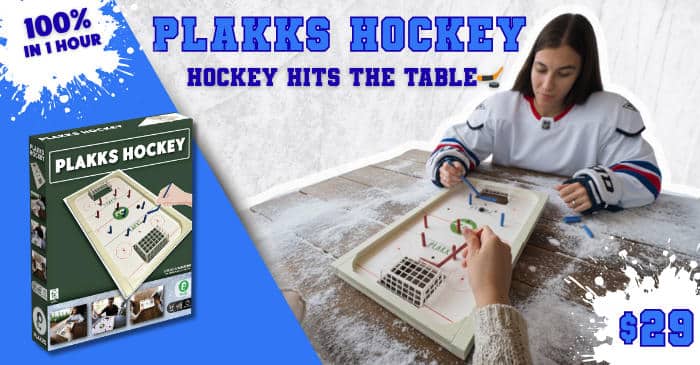Terra Mystica
As witches fly overhead, giants stomp around the wastelands, swarmlings huddle in swamps, chaos magicians cause, well, chaos, halflings burrow the plains and engineers build their bridges from their mountains, you roll up your carpet and prepare to continue through the desert in your nomad way.











